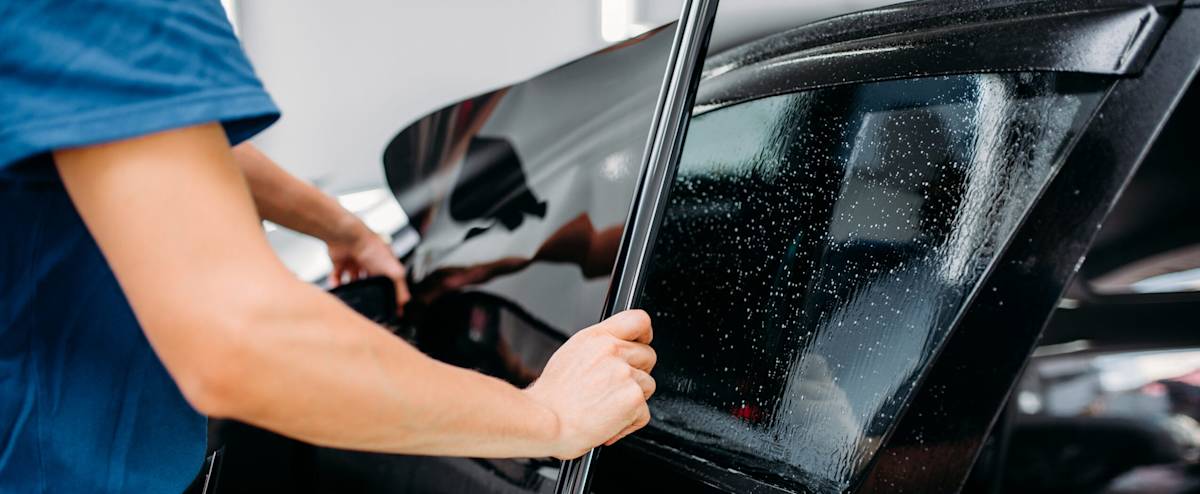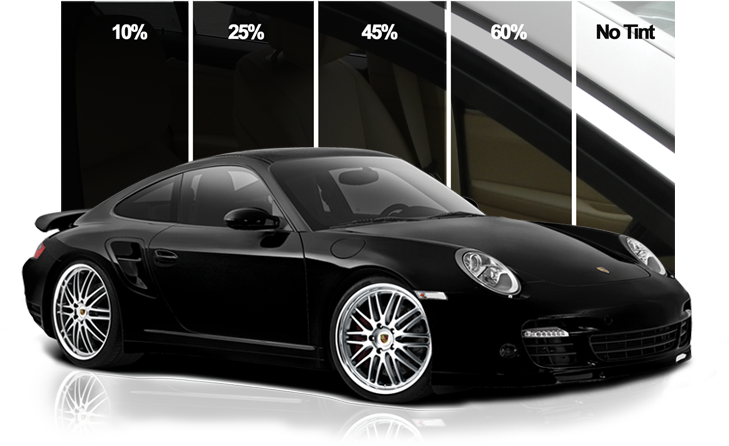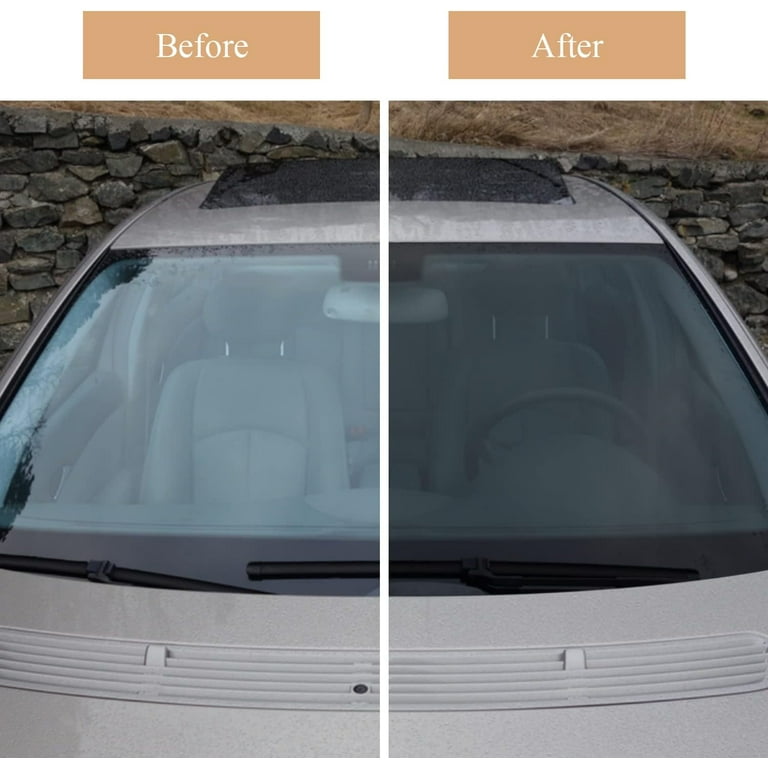Exploring the Various Kinds Of Home Window Color for Cars and Their Advantages

Colored Home Window Color
Colored home window tint is a popular choice amongst cars and truck owners seeking to enhance privacy and minimize glare while keeping a fashionable appearance. This sort of tint is created by incorporating color into the glue layer, which is after that put on the home windows of the car. The main appeal of dyed home window tint depends on its capacity to give an aesthetically pleasing appearance without sacrificing performance.
One of the most substantial benefits of colored window color is its ability to block damaging UV rays, assisting to secure both guests and the lorry's inside from sun damages. In addition, this color properly decreases glare, adding to a much more comfortable driving experience, particularly throughout bright daytime conditions. The growing of home window shade also adds a layer of privacy, making it extra tough for outsiders to see inside the car.
Nevertheless, it is necessary to note that while dyed window color uses countless advantages, it might not give as much heat being rejected as other kinds of tints. Moreover, its longevity can be affected by exposure to long term sunshine, potentially bring about fading in time. In general, dyed window tint stays a preferred choice for those focusing on aesthetic appeals and standard sunlight security.
Metalized Home Window Color
Metalized window color stands for an innovative option for vehicle owners looking to boost both performance and appearances. One of the primary benefits of metalized window tint is its superior warmth denial abilities, which can substantially reduce the interior temperature level of a car.
Moreover, metalized colors provide enhanced longevity compared to dyed films, making them resistant to fading and scratching. This durability makes sure that the color keeps its efficiency and look with time, supplying long-lasting worth.
Furthermore, metalized home window color can enhance personal privacy and security by making it harder for outsiders to see inside the car. The reflective top quality of the tint can additionally discourage potential theft, as valuables are less noticeable (window tinting). While it may hinder some electronic signals, such as general practitioner or cellular phone reception, the total advantages make metalized window color an engaging choice for numerous car owners
Ceramic Home Window Tint
Offering innovative innovation and unmatched performance, ceramic home window tint has actually arised as a top selection for critical cars and truck owners. This innovative film is made up of innovative ceramic bits that offer considerable warmth being rejected while keeping clearness and visibility. Unlike typical tints, ceramic home window color does not count on steel or dye, which can hinder electronic signals from devices such as general practitioner and mobile phone.
Among the standout advantages of ceramic home window tint is its phenomenal UV protection. It obstructs approximately 99% of hazardous ultraviolet rays, consequently safeguarding both the lorry's inside and its occupants from sun damage. Furthermore, this kind of color improves privacy without endangering exposure, making it a functional option for day-to-day drivers and deluxe automobiles alike.
Ceramic home window color likewise flaunts longevity; it is immune to fading and scratching, ensuring long-lasting efficiency. Additionally, its non-reflective nature indicates it does not trigger glare, contributing to more secure motoring conditions. For those looking for a premium color remedy that integrates visual appeals with performance, ceramic home window color stands out as a premium choice, providing enhanced convenience and protection when driving
Carbon Window Color
When it pertains to home window tinting choices, carbon home window color has obtained appeal for its blend of efficiency and affordability. This kind of tint is made up of carbon particles, which provide a distinctive matte finish that improves the visual appeal of cars. One of the primary benefits of carbon window color is its capability to obstruct a substantial amount of unsafe UV rays, securing both the car's interior and its occupants from skin damages and fading.
Additionally, carbon window tint provides excellent heat rejection residential properties, minimizing the requirement for extreme a/c and enhancing gas efficiency. Unlike dyed tints, carbon colors do not discolor gradually, keeping their efficiency and appearance for many years. This sturdiness makes them a sensible choice for vehicle owners seeking long-lasting worth.
Moreover, carbon home window tint is non-metalized, which means it does not interfere with digital signals, making it ideal for cars geared up with general practitioner, Bluetooth, and various other wireless technologies. The balance of cost, performance, and visual charm has developed carbon window tint as a preferred selection for many vehicle owners. Eventually, it acts as a trustworthy service for those seeking to enhance convenience while making sure design.
Manufacturing Facility Tint
Manufacturing facility tint, additionally referred to as OEM tint, refers to the tinting that is used to automobile home windows throughout the manufacturing process. This sort of color is generally integrated into the glass itself, offering an uniform look and constant levels of shielding throughout all home windows. The key purpose of factory tint is to decrease glow and enhance traveler convenience while providing a degree of UV defense.

While factory color provides basic benefits, it might not supply the same level of heat denial or personal privacy as higher-grade aftermarket tints. Consequently, vehicle proprietors seeking boosted efficiency may think about additional tinting options, while still valuing the aesthetic charm and functionality manufacturing facility color provides.
Conclusion

However, it is essential to keep in mind that while colored home window tint offers numerous advantages, it might not give as much warm being rejected as various other kinds of tints. For those looking for a costs color option that combines looks with performance, ceramic home window color stands out as a remarkable read this choice, delivering boosted comfort and defense on the road.
When it comes to window tinting choices, carbon home window color has obtained appeal for its mix of performance and price.Manufacturing facility tint, likewise recognized as OEM color, refers to the tinting that is used to car windows during the manufacturing procedure. The precise degree of color can vary depending on the car supplier and version, with some lorries featuring a lot more substantial tint on back windows than on front windows.